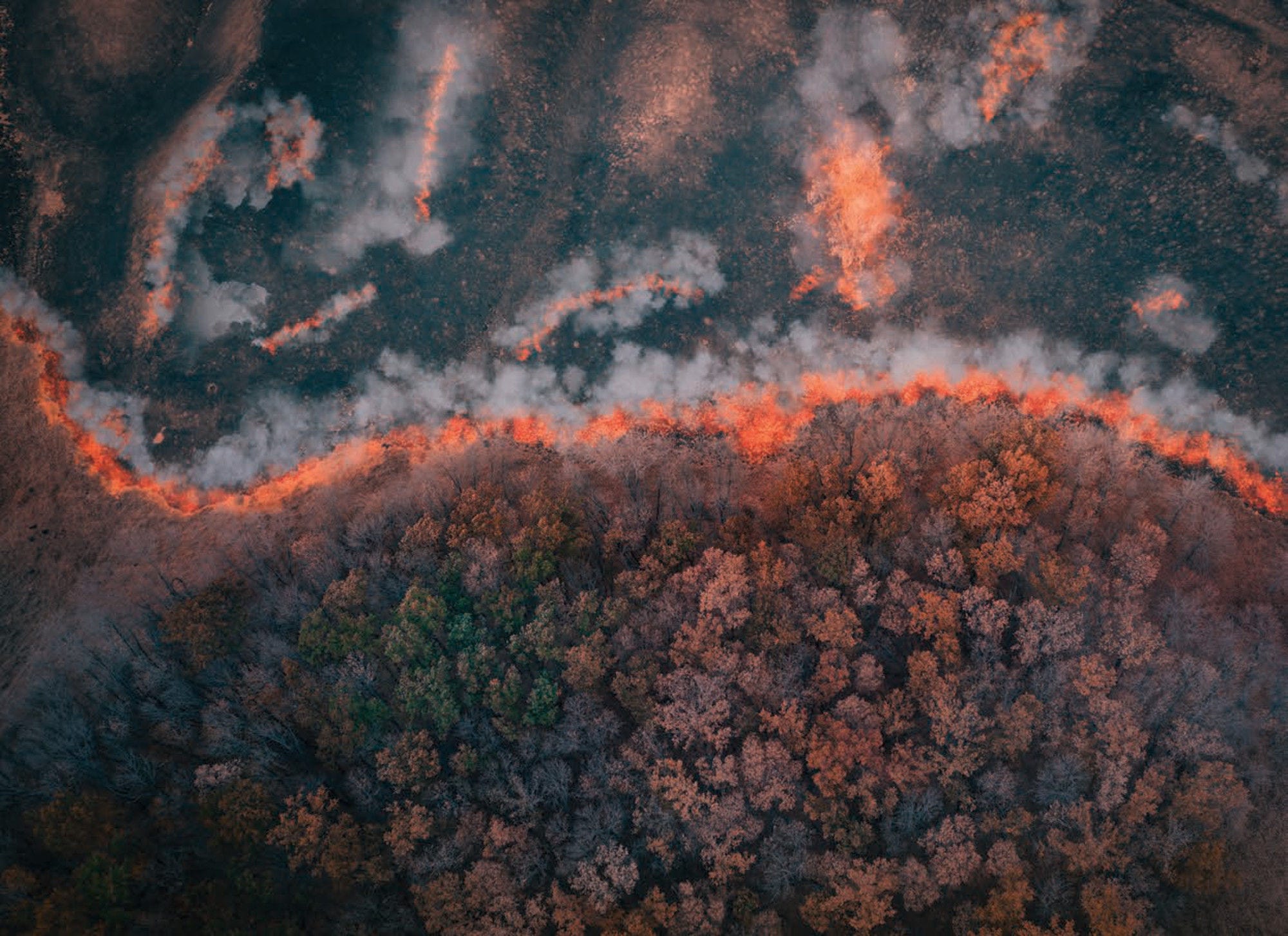The frequency and severity of wildfires, as well as the duration of the fire season, are increasing in many regions of the world. The occurrence of extreme wildfires – i.e. wildfire events that are particularly severe in terms of their size, duration, intensity and impacts – is also on the rise. In Australia, the average wildfire frequency has doubled since 1980. In the forests of the western United States, wildfire severity, i.e. the degree of ecosystem impacts caused by a fire, increased eightfold between 1985 and 2017. The duration of the fire weather season has increased by 27% globally since 1979.
Climate change is exacerbating extreme wildfire risk. Higher atmospheric temperatures, variable precipitation patterns, the dryness of the landscape, and changing wind and lightning patterns have increased the risk of wildfires. Climate change is estimated to have doubled the total forest area burned in the western United States between 1984 and 2015. The extreme fire weather that facilitated the 2019-20 wildfires in Australia was estimated to be at least 30% more likely because of climate change. Moreover, emissions from extreme wildfires fuel climate change, which in turn further increases the frequency, size and severity of wildfire events, creating a feedback loop between climate change and extreme wildfires.
Unsustainable land-use practices and environmental degradation have also affected natural ecosystems’ resilience to wildfires. Deforestation and the drainage of peatlands worsen drought conditions and increase landscape flammability, thereby contributing to the occurrence of extreme wildfires in countries such as Brazil and Indonesia. Certain agricultural and forestry practices also increase wildfire risk, as evidenced in 2017 in Portugal, where non-native eucalyptus provided highly flammable fuel. In most cases, human activity is also the main cause of wildfire ignition, responsible for nearly 70% of the total burned area globally.
Extreme wildfires cause significant social, environmental and economic disruptions. Their social costs go far beyond lives lost and include widespread health impacts. For example, at the global level, wildfire-induced air pollution is associated with 340 000 premature deaths annually. Extreme wildfires can also cause long-lasting and potentially irreversible ecosystem damage. Following the 2017 wildfires in Chile, nearly 40% of critically endangered habitats were significantly damaged, while the area where vegetation did not grow back after wildfires nearly doubled between 2000 and 2011 in some areas of the United States. The economic impacts of extreme wildfires are also mounting to unprecedented levels. The 2018 California Camp Fire caused around USD 19 billion in direct costs, while the 2019-20 wildfires in Australia caused USD 23 billion in direct costs.
